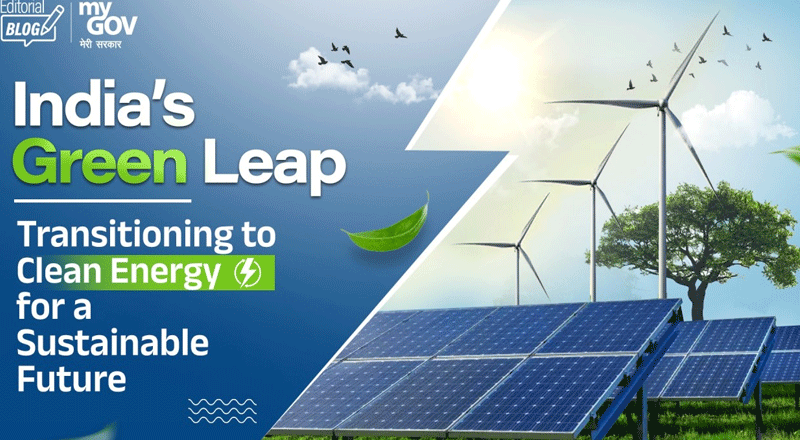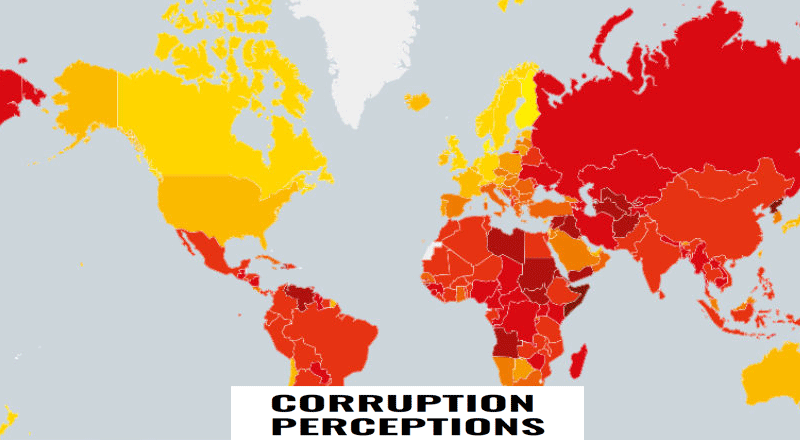A Bold Call for Action
India’s rapid strides in clean energy have earned it global recognition, with UN climate chief Simon Stiell hailing the nation as a “solar superpower.” During his visit to India for the ET Global Business Summit, Stiell praised the country’s commitment to mitigating climate change, contrasting its efforts with the mere rhetoric of other nations. He emphasized that India’s aggressive push toward clean energy positions it as a leader in the global climate movement.
India’s Solar Dominance
Stiell noted that India is one of only four countries to have installed over 100 gigawatts of solar power. The nation electrified its villages by 2018, well ahead of schedule, demonstrating its ability to implement ambitious energy plans. With a population of 1.4 billion and a rapidly growing economy, India has the opportunity to expand its renewable energy capabilities further, unlocking immense economic and environmental benefits.
A Future Built on Green Industrialization
According to Stiell, India has a unique chance to lead a new wave of green industrialization. By deploying hundreds of additional gigawatts of renewable energy, the country can become a dominant force in clean energy and green technology exports. He urged Indian policymakers to craft an ambitious economy-wide climate plan, ensuring long-term sustainability and economic growth.
The Urgency of Submitting New Climate Goals
Under the Paris Agreement, countries are required to submit updated Nationally Determined Contributions (NDCs) for the 2031-2035 period. Despite the February 10 deadline, India has yet to finalize its new targets. Stiell urged nations to submit their plans by September, stressing the importance of collective action in limiting global temperature rise to 1.5 degrees Celsius.
An official source from India’s Union Environment Ministry emphasized that India’s new NDCs will be achievable with the available resources. The official also highlighted the lack of adequate financial and technological support from developed nations, questioning why countries with minimal historical responsibility for climate change should bear the brunt of mitigation efforts.
Funding Challenges and Global Responsibilities
Developed nations, historically the largest emitters of greenhouse gases, were expected to commit substantial financial aid to support climate action in developing countries at the UN climate conference in Azerbaijan last year. However, they pledged only USD 300 billion by 2035—a fraction of the USD 1.3 trillion needed annually from 2025. India criticized this commitment as “too little, too distant” and called for a more equitable financial framework to help the Global South combat climate change effectively.
India’s Determination Amid Global Setbacks
India’s Economic Survey 2024-25, tabled in Parliament, underscored the inadequacy of financial support from developed nations. The report hinted that the lack of funding might force developing nations, including India, to reassess their climate commitments. Despite these challenges, India’s trajectory in renewable energy and climate action remains robust, driven by strong policies and a vision for a sustainable future.
A Path Forward with Global Collaboration
As India continues to cement its status as a clean energy leader, the onus is on global stakeholders to provide the necessary support to accelerate its progress. With an ambitious climate plan and sustained commitment, India can further enhance its renewable energy capabilities and set a global example. The role of organizations like NASA, alongside international collaborations, will be instrumental in ensuring that India’s climate goals are met efficiently and equitably.
(With inputs from agencies)





